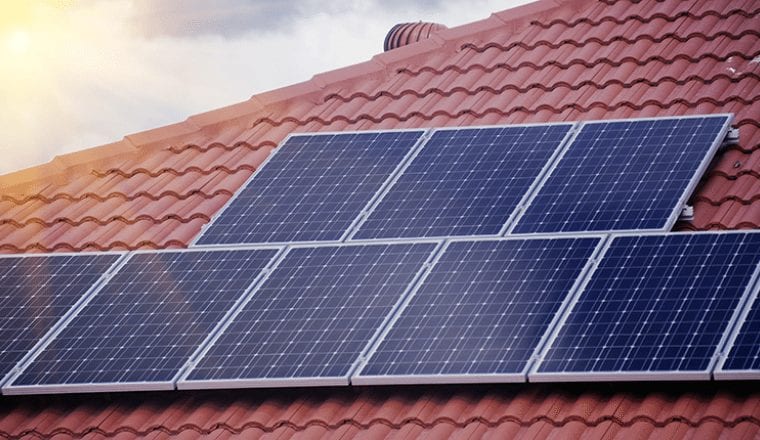The NSW pricing regulator IPART has further lifted its recommended benchmark range for solar feed-in tariffs for 2017/18, now suggesting a range of 11.9c/kWh to 15c/kWh for exports back into the grid from the state’s 350,000 solar households. The payment range is voluntary.
This is slightly higher than its draft range released in May of 11.6c/kWh to 14.6/kWh, but substantially higher than last year’s benchmark range of 5.5c/kWh to 7.2 c/kWh thanks to the huge jump in wholesale electricity prices following the rise of gas prices, and unchecked market manipulation by some of the major players.
The benchmark is a guide only, and comes with an 18-20 per cent jump in retail electricity prices also caused by the jump in wholesale electricity costs.
AGL has already announced its new solar feed in tariff to come into effect from July 1, but it comes in below this benchmark range, and the draft range too, at 11.1c/kWh.
IPART noted that many submissions – from some 1,400 households, many of whom had been on the previous 60c/kWh gross tariff – had argued that the tariff should be higher, taking into account environmental benefits and profits made by retailers on the sale of this electricity.
This was echoed by Greens spokesman Jeremy Buckingham.
“The Greens welcome the increase in the price paid for rooftop solar in NSW, but will continue to move for IPART to factor in an implicit carbon price and avoided health costs, to recognise the true benefit of solar power and increase the tariff to reflect those benefits, as they do in Victoria.
He said this would lift the tariff by a further 4.3c/kWh.
“Households and the economy are now being punished for three catastrophic policy failures,” he said in a statement.
“The unregulated move into LNG exports; the privatisation and deregulation of the energy sector; and the failure to have a serious policy for the transition of the energy sector to renewable energy.”
But IPART rejected these ideas, saying that solar households already received an upfront subsidy, retailers would make a loss if forced to pay retail rates for the exports, and saying it was unfair to pass on environmental costs on to households that could not install solar.
“If retailers were required to pay 1-for-1 solar feed-in tariffs, they would make a substantial loss on solar customers,” it says, noting that network costs were still payable. (Ed: Well, maybe that rule should be changed).
IPART also said it could see no network benefits of solar PV, even though grid operators across the country have explained how rooftop solar has helped to narrow and shift the peak, and the NSW government has outlined how solar helped to keep the lights on in the recent heat-wave when fossil fuel generators failed.
IPART attempted to deflect the blame on this to the Australian Energy Market Commission (AEMC), which it said had rejected a requested rule change to introduce a new mechanism that would allow small-scale embedded generators to earn revenue for network benefits.
The AEMC, it said, could not find any benefits.
“The analysis also showed solar PV combined with batteries had a limited additional effect on deferring network investment, and that the benefit is still outweighed by the cost,” IPART noted.
And it went on: “We have not included a value for network benefits in our benchmark range for two reasons. First, we do not have sufficient evidence that solar exports provide a net benefit to the electricity network.
“Second, if there was a net benefit, in the absence of any mechanism for a retailer to claim this benefit from a network business, including this value in solar feed-in tariffs would increase electricity prices for all customers.”
In other words, there might be a benefit but we haven’t looked and if there was a benefit the rules are such that we couldn’t figure out how to pass it on.
Most independent analysts would call this out as bollocks and a pathetic attempt to justify the out-dated rules that govern the archaic energy system and favour incumbents. Little wonder that the Finkel Review focused so heavily on governance.









